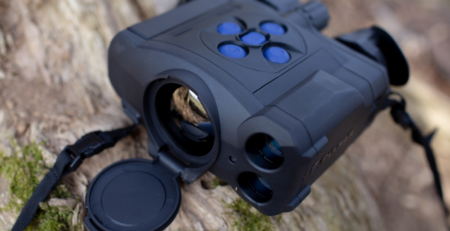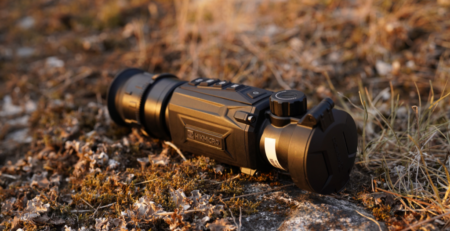28Sep

When researching various thermal cameras, one of the key stats that you will frequently come across is the sensor resolution, or the number of pixels the sensor has. Naturally, the higher the amount of pixels a camera has, the higher quality image you will see. This is similar to a TV screen, where the more pixels your screen has, the better resolution image presented.
Thermal sensor resolution is expressed as two sets of numbers (vertical x horizontal), for example this can be written as 640x512px. What you are looking for to determine resolution is the total number of pixels the sensor offers. For the example sensor above, that would give you a total number of pixels of 327,680px (640×512). Below are a number of popular sensor configurations:
160×120 = 19,200 total pixels
256×192 = 49,152 pixels
384×288 = 110,592 pixels
640×512 = 327,680 pixels
Below is a table comparing the FLIR Scion OTM Series with an 18mm lens:

As you can see, every configuration increase creates a large increase in the total number of pixels available for your camera to give you a more detailed image.
Sensor resolution does not just determine the image quality that you will receive, but also plays a large part in determining Field Of View (FOV). As you increase your total number of pixels, you also increase your cameras FOV.
The true advantage of higher resolution sensors is the ability to digitally zoom and maintain a higher degree of clarity and FOV. As the zoom is digital, and not optical, every time you double the zoom (from 1x to 2x for example) you will be halving both the pixels and FOV available.
This configuration is used in the most entry-level thermal devices, with only 19,200 pixels available these devices can only be used at a short-range (within 100m), and do not allow you to digitally magnify the image without a significant reduction in the clarity of the image.

Man at 100m, 1x Zoom

Man at 100m, 2x Zoom

Man at 100m, 4x Zoom
With 49,152 total pixels available, these devices are still on the more entry level side, however they have more than double the pixels available of a 160x120px model. These models can be used a range out to 250m, however still remain limited in terms of reduced image quality when using digital zoom.

Man at 100m, 1x Zoom

Man at 100m, 2x Zoom

Man at 100m, 4x Zoom
Devices with a 384x288px size are generally the most popular in the market as they are more affordable than a top of the line 640×512 thermal device, but still allow a detection range out to 1800m depending on their lens size. With the high number of pixels available the zoom function can be used more effectively.

Man at 100m, 1x Zoom

Man at 100m, 2x Zoom

Man at 100m, 4x Zoom

Man at 100m, 8x Zoom
Generally speaking, this configuration is the highest quality thermal sensor available in the market. Devices with this sensor configuration produce a high-definition thermal image with superior long range detection, recognition and identification. Utilising the digital zoom still returns over 80,000 pixels at 4x zoom, providing a clear picture.

Man at 100m, 1x Zoom

Man at 100m, 2x Zoom

Man at 100m, 4x Zoom

Man at 100m, 8x Zoom

23
May 18

20
Jul 23

26
Oct 22

15
May 20

27
Jun 18

04
Nov 20

25
Sep 20

14
Oct 20

26
Feb 24

20
Mar 24

